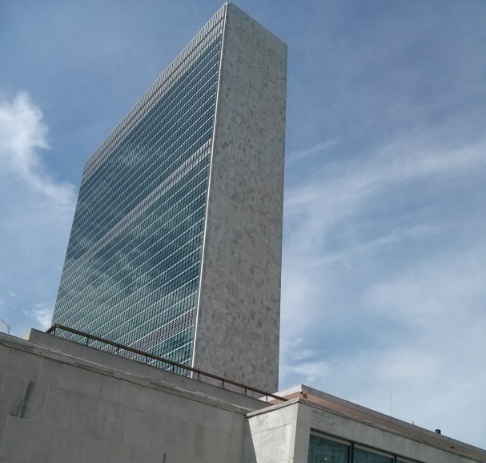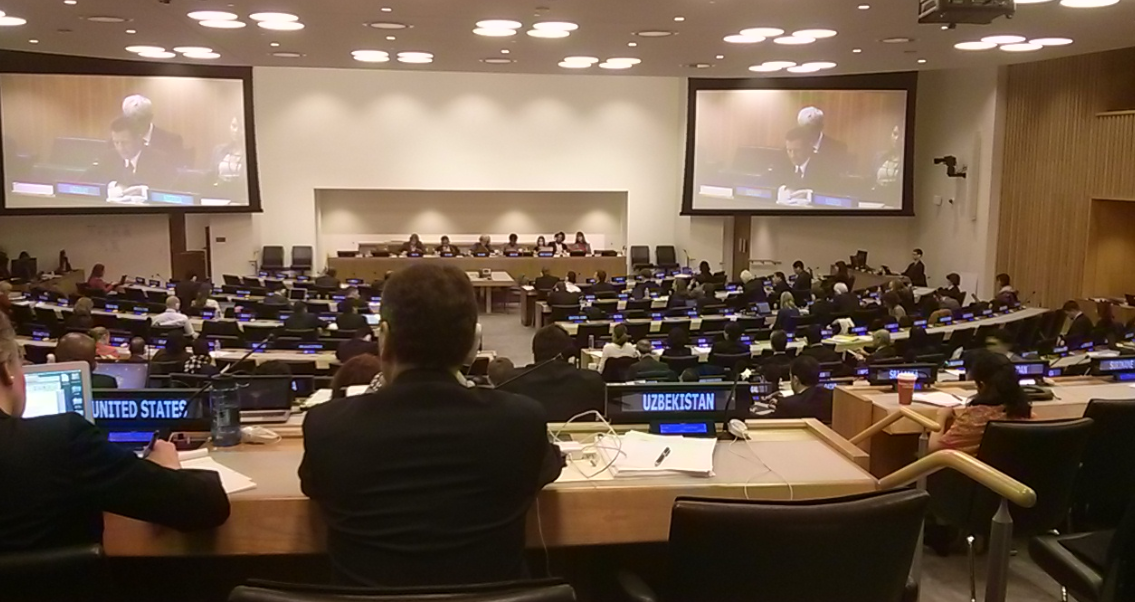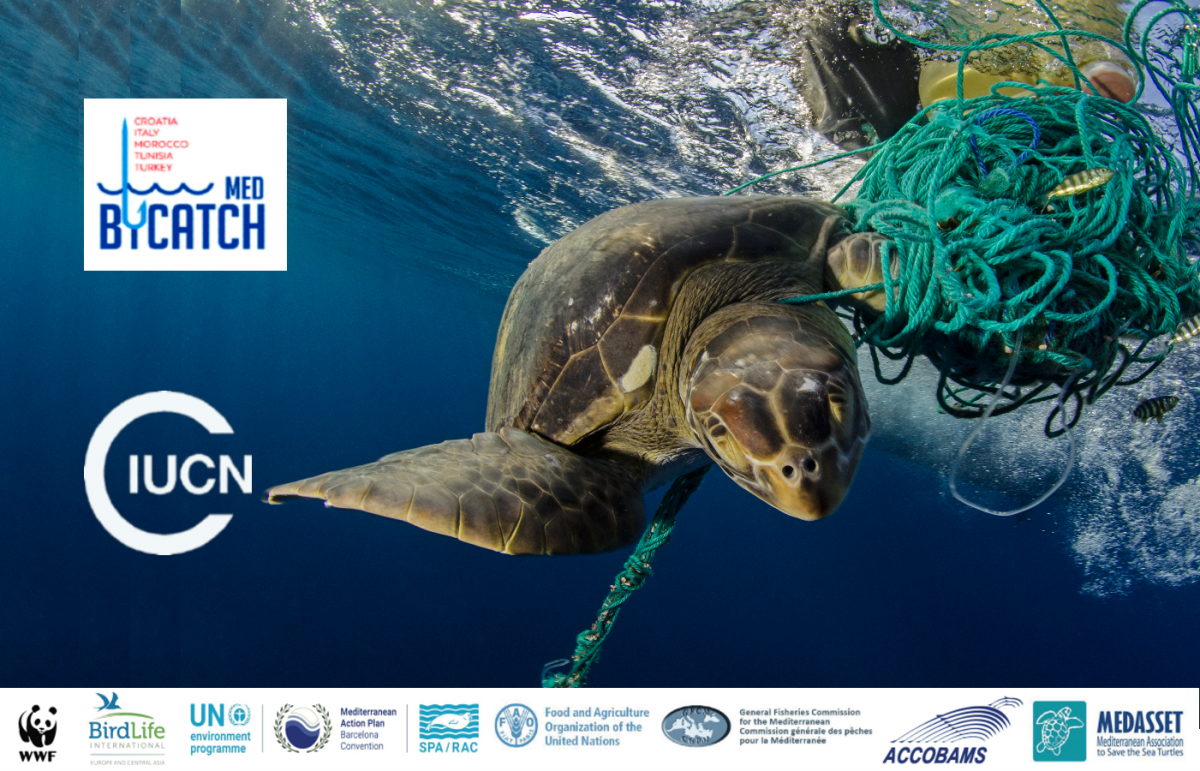Progress in New York on the High Seas
The seventh meeting of the UN Working Group on Marine Biodiversity Beyond National Jurisdiction (BBNJ) was widely recognized as being by far the most productive yet.
The meeting took place in New York from 1 to 4 April. It was the first out of three meetings planned to discuss the scope, parameters and feasibility of a new instrument under the UN Convention on the Law of the Sea (UNCLOS) on the conservation and sustainable use of marine biodiversity in the high seas and international seabed area (the Area). Unlike the UN BBNJ Working Group meeting last August that dealt primarily with procedure, this meeting delved deeply into substance on the scope, parameters and feasibility of a new instrument under UNCLOS. The vast majority of countries are now calling for a third “Implementing Agreement” to UNCLOS for this purpose.
The primary output of the meeting was an overview by the Co-chairs of issues raised during the first round of discussions. Though it is an informal and non-negotiated document, the overview sets out fairly plainly the varying positions on the scope, parameters and feasibility of an international instrument under UNCLOS. What is significant is that the key question appears to have shifted from whether there should be a new instrument to what such an instrument might contain.
The “overview of issues” includes views on overall objectives and starting point; legal framework for an international instrument; relationship to other instruments; guiding approaches; guiding principles; geographic scope; subject matter scope; enabling elements and means of implementation; and feasibility. A growing consensus on a large number of issues was clear whereas some areas of disagreement remain, such as whether or how the instrument should address fisheries. The outcomes of this meeting, together with two further meetings in June 2014 and January 2015, are expected to lead to a decision during the sixty-ninth session of the UN General Assembly on whether to go forward with the development of a new international instrument under UNCLOS, a target date agreed at Rio+20. It was collectively agreed and recommended that the agenda of the June meeting should be built using the main themes highlighted in the ‘’overview of issues’’ document.
Many more countries are now engaged and enthusiastic about a new implementing agreement, showing firm commitment to move towards an agreement that would be universally applicable, globally consistent and legally enforceable. Some formerly opposed States have shifted into a more positive gear, asking constructive questions about how the instrument might operate, how it might interact with existing institutions and agreements, and how it could galvanize political will to improve implementation better than other approaches. Such questions may be the focus of the next meeting in June 2014. The meeting was also notable for its welcome invitation to observers, including intergovernmental and non-governmental organizations, to contribute to the substantive debate.
For more information:
• IISD Briefing Note. The IISD summary of the meeting is available at: http://www.iisd.ca/oceans/marinebiodiv7/brief/brief_marinebiodiv7e.pdf
• IUCN briefs on issues related to the scope, parameter and feasibility of a potential international instrument. The IUCN briefs explore different elements to consider in the discussions on a future international instrument on conservation and sustainable use of biodiversity in marine areas beyond national jurisdiction. IUCN produced the briefs in collaboration with a variety of partners as outputs from a project commissioned by the German Federal Agency for Nature Conservation with funds from the German Federal Ministry for the Environment, Nature Conservation, Building and Nuclear Safety. The IUCN briefs are available at: https://www.iucn.org/about/work/programmes/environmental_law/elp_work/elp_work_issues/elp_work_biodiv/elc_marine_biodiversity/






